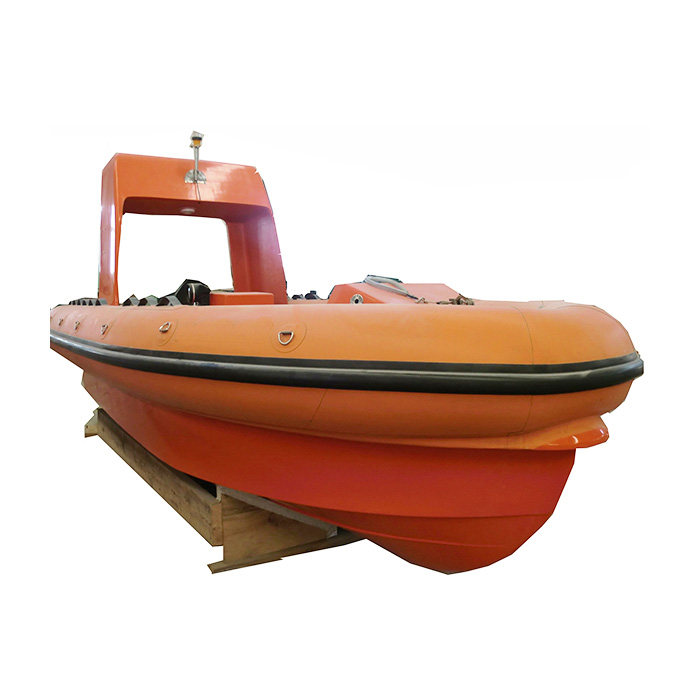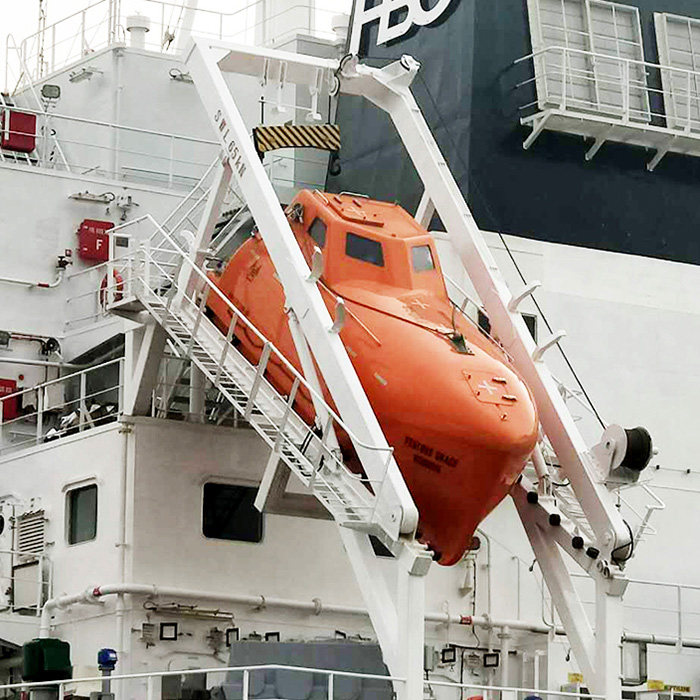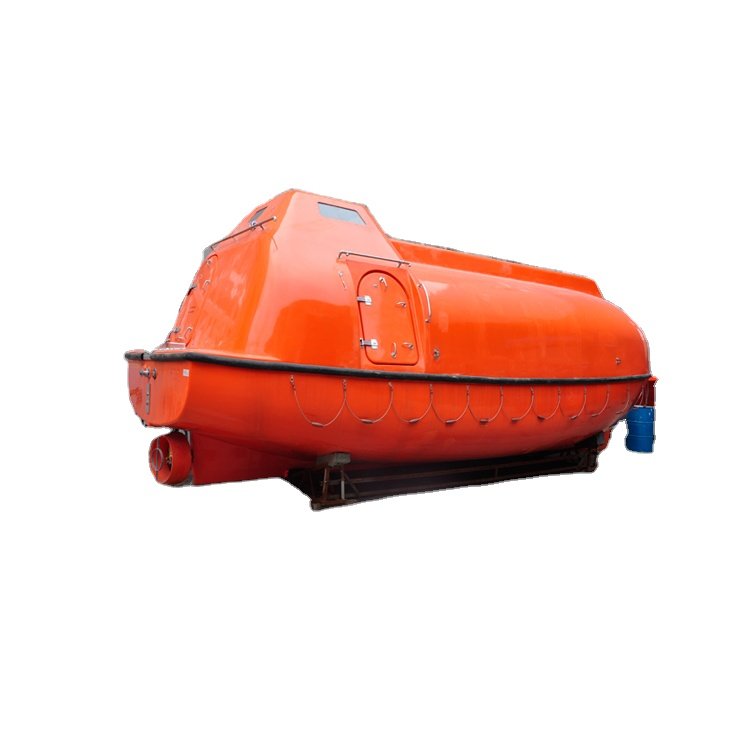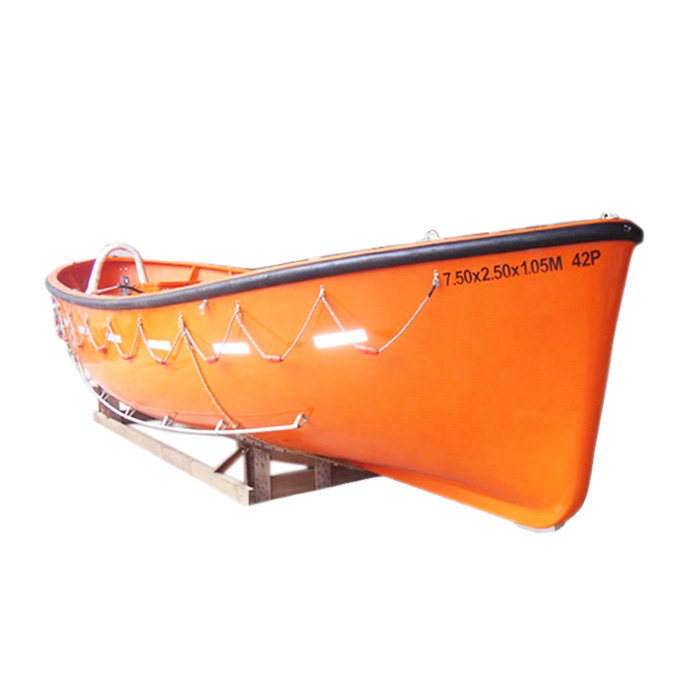How Do the Innovative Designs in Marine Lifeboats Enhance Safety
Table of Contents
Marine lifeboats are critical safety equipment on ships, designed to ensure the survival of passengers and crew in emergencies. Over the years, innovations in lifeboat design have focused on enhancing safety, improving performance in harsh conditions, and ensuring rapid deployment. These advancements are crucial in meeting the stringent regulations set by international maritime organizations and in addressing the evolving challenges faced at sea.

Key Design Considerations in Marine Lifeboats
This chart provides a clear and concise overview of the critical design considerations that go into the development of marine lifeboats.
| Design Consideration | Description | Importance |
| Safety and Compliance | Adherence to SOLAS regulations, ensuring stability and buoyancy even under harsh conditions. | Essential for meeting international safety standards. |
| Self-Righting Capability | Lifeboats designed to automatically return to an upright position if capsized. | Critical for survival in extreme weather conditions. |
| Durability and Material Selection | Use of corrosion-resistant and impact-resistant materials like FRP or aluminum. | Ensures long-term reliability and resistance to damage. |
| Launch and Recovery Systems | Efficient launch mechanisms in life boats, compatible with modern davit systems for rapid deployment. | Vital for quick and safe evacuation. |
| Ergonomics and Occupant Comfort | Adequate seating, space, and thermal protection to ensure comfort and safety during extended periods. | Important for maintaining occupant well-being. |
| Propulsion and Navigation Systems | Reliable engines or oars, with integrated GPS and navigation aids for effective movement and rescue. | Increases chances of reaching safety and being located. |
| Communication Systems | Inclusion of VHF radios, EPIRBs, and AIS for maintaining contact with rescuers. | Crucial for coordinating rescue efforts. |
| Capacity and Load Distribution | Designed to hold maximum passengers with even weight distribution for stability. | Prevents capsizing and ensures adequate provisions. |
| Environmental Protection | Weather-resistant design with minimal environmental impact through eco-friendly materials. | Protects against harsh weather and reduces pollution. |
| Maintenance and Durability | Easy-to-maintain designs in marine life boats with a focus on long service life and reliable performance. | Reduces operational costs and ensures readiness. |

Significant Innovations in the Design of Marine Lifeboats
1. Self-Righting Capabilities
One of the key innovations in marine lifeboat design is the incorporation of self-righting capabilities. Traditional lifeboats could be capsized by large waves, leaving occupants vulnerable. Modern lifeboats are now designed with a low center of gravity and buoyant structures that enable them to automatically return to an upright position if overturned. This feature significantly increases the chances of survival in rough seas.
2. Enhanced Material Durability
The materials used in lifeboat construction have seen substantial improvements. Modern lifeboats are often made from high-strength, corrosion-resistant materials fiberglass-reinforced plastic (FRP) or other advanced composites. These materials not only extend the service life of the lifeboats but also reduce maintenance requirements. Additionally, they provide excellent impact resistance, crucial for surviving collisions with debris or other vessels during an emergency.

3. Improved Launch and Recovery Systems
The ability to quickly and safely launch a lifeboat is critical in an emergency. Innovations in davit systems, which are used to lower lifeboats into the water, have made this process more reliable and efficient. Modern gravity-based and free-fall davit systems allow for rapid deployment, even when the ship is listing or in rough sea conditions. These systems are designed to minimize the risk of injury during launch, providing a safer and faster escape route for passengers and crew.
4. Integrated Communication and Navigation Systems
Communication and navigation are vital once a lifeboat is in the water. Modern lifeboats are now equipped with integrated communication systems, including VHF radios, AIS (Automatic Identification Systems), and satellite-based distress signaling devices. These systems ensure that lifeboats can maintain contact with rescue teams and other vessels, improving the chances of a quick recovery. GPS-enabled navigation systems are also becoming standard, helping survivors navigate more effectively towards safety.
5. Thermal Protection and Insulation
Exposure to cold water and wind can be life-threatening, particularly in polar or deep-sea environments. Innovations in lifeboat design now include better thermal insulation and the use of heat-reflective materials. Some lifeboats are equipped with insulated canopies and integrated heating systems that protect occupants from hypothermia. These features are essential for improving survival rates in harsh weather conditions.
6. Energy-Efficient Propulsion Systems
Lifeboats are increasingly being equipped with energy-efficient propulsion systems that ensure reliable operation over extended periods. Modern lifeboats often use hybrid propulsion, combining traditional diesel engines with electric motors powered by rechargeable batteries. This dual-system approach not only provides redundancy in case one system fails but also reduces fuel consumption and environmental impact. Solar panels are also being integrated into some designs, providing a sustainable energy source for prolonged survival scenarios.
7. Ergonomic and Space-Saving Designs
Space and comfort are critical considerations in lifeboat design, especially given that survivors may need to spend extended periods onboard. Innovations in ergonomic seating, optimized interior layouts, and the use of modular storage systems have made modern lifeboats more comfortable and functional. These improvements help reduce the physical strain on occupants and allow for better organization of emergency supplies and equipment.
8. Smart Technology Integration
The integration of smart technology into lifeboat design is an emerging trend. Sensors embedded in the lifeboat can monitor critical parameters such as structural integrity, water ingress, and engine performance in real-time. Data from these sensors can be transmitted to the ship or rescue teams, providing valuable information about the condition of the lifeboat and its occupants. Some designs also incorporate automated self-diagnostic systems that alert the crew to potential issues before they become critical.
9. Environmentally Friendly Features
Sustainability is becoming an important consideration in lifeboat design. Innovations such as the use of biodegradable materials, eco-friendly paints, and energy-efficient systems contribute to reducing the environmental impact of lifeboats. Additionally, advancements in waste management systems within lifeboats ensure that they remain compliant with environmental regulations, even in emergency situations.

Advancements in materials, technology, and structural engineering have led to marine lifeboats that are more durable, reliable, and capable of withstanding harsh conditions. Features such as self-righting capabilities, improved buoyancy, and enhanced stability have increased the chances of survival in emergency situations.

